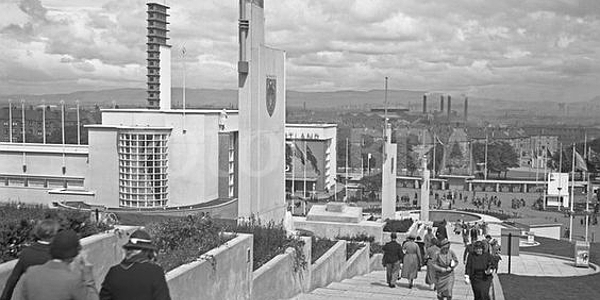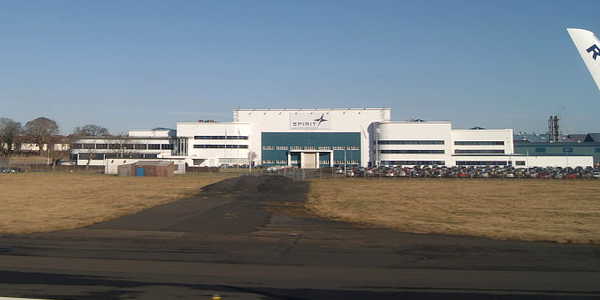Quick List Info

Dates Open - May 3 to October 29, 1938. Not open Sundays. Open 155 days.
Attendance - 13,482,548 Gross attendance including 60% of attendance at stadium outside the exposition. 12,882,548 Total attendance including Staff/employees. 11,380,324 Total Visitors.
International Participants - 6 nations and 34 colonies. Some sources state between 40-50 colonies.
Total Cost - L11,500,000. Scottish Development Council planned the fair and got L750,000 worth of guarantees.
Site Acreage - 175 acres in Bellahouston Park.
Sanction and Type - Unsanctioned by the Bureau of International Expositions. Would be considered a Registered Expo with Special qualities like on the 5 year of each decade today.
Ticket Cost - Admission for adult 1 shilling (1/20 pound), $0.247). Children 6d; Season ticket cost L1 5s 0d.
Photo top center: British Empire Exhibition at Glasgow 1938, 1938, Original Source Unknown. Courtesy Pinterest. Column Top: Official poster of the Glasgow British Empire Exhibition, 1938, Unknown original source, possibly the Fair Authority. Courtesy Pinterest.

Other Histories of World's Fairs to Check Out








